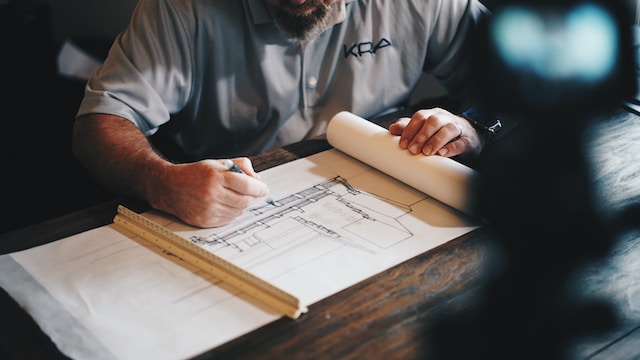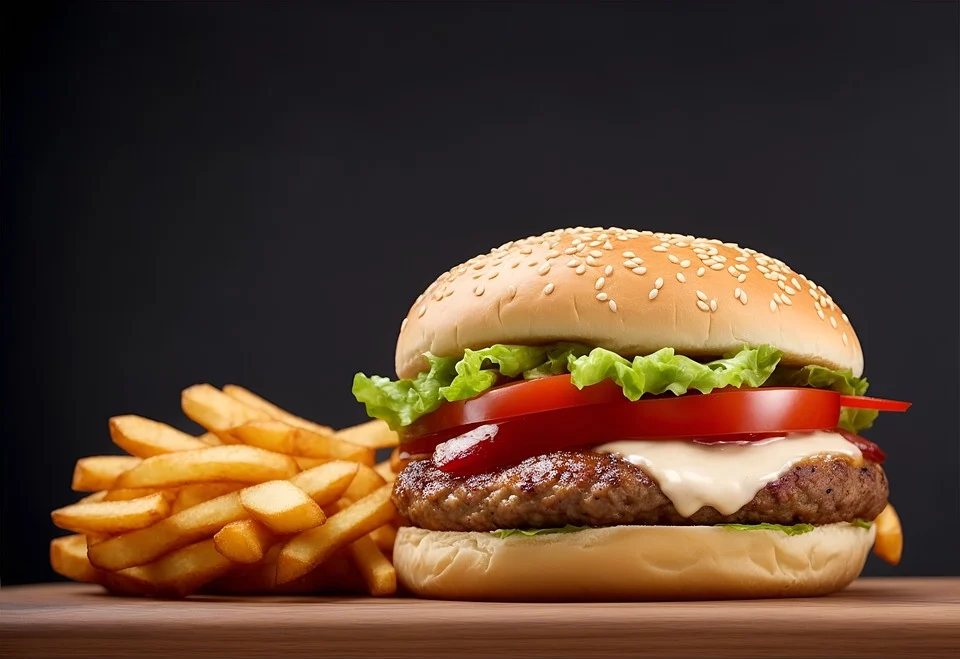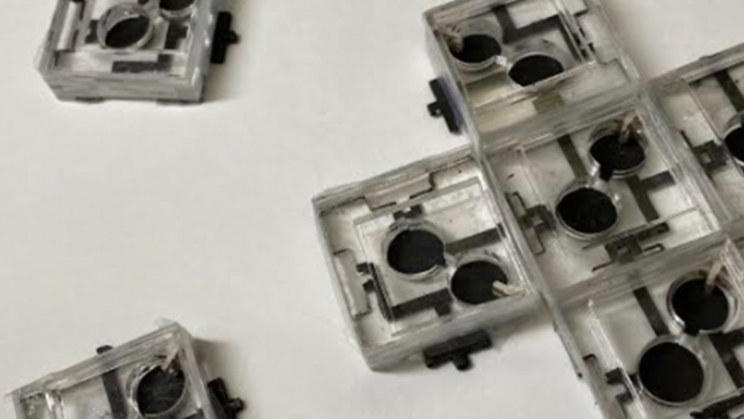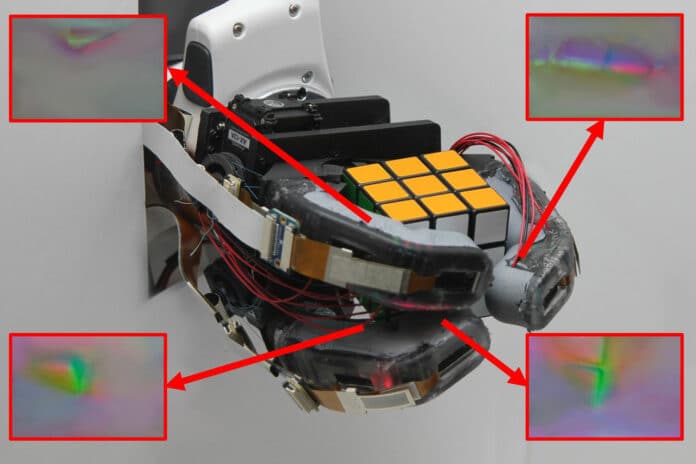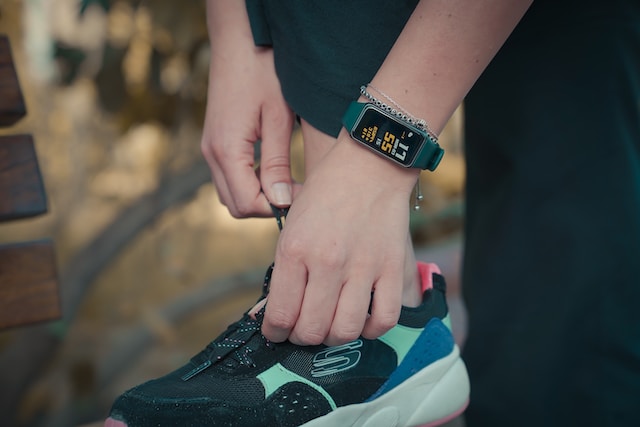For most people, paper airplanes are a delight of being a child and we may revisit the art when we are in college studying aerodynamics or Leonardo da Vinci’s ornithropter, a model plane made of parchment with flapping wings. In later years, people who have children watch them delight in the age old art, teaching them all they learned so long ago.
Like everything else, the Internet is stimulating wave after wave of creation in every nook and cranny of the human imagination, resulting in new innovations and ways of doing things and a healthy competitive environment. Choose anything you may have done or been interested in before in your life and the Internet will serve up completely new angles on it and a depth of information and new tools, mostly software, you never imagined.
Through channeling and documenting experiences across thousands, tens of thousands and millions of people, learning curves are shallower and insights into previously opaque concepts are now clear as a bell.
World Champion Paper Plane Aficionados
Joe Ayoob recently flew a paper airplane designed by John Collins 226 feet, 10 inches (69.14 m). Takuo Toda flew a paper plane for 27.9 minutes setting a time aloft record for paper airplanes. And at the Pima Air and Space Museum, the largest paper airplane ever built, 45 feet long, 24 foot wingspan and weighing over 800 pounds, flew 2,700 feet and traveled at 98 mph.
For information on such feats and challenges, the Paper Plane Mafia keeps track of the History of Paper Airplanes where all of the glory of paper airplane making can be perused.
New Design Software Speeds Up Design & Development of Paper Planes
Nobuyuki Umetani Yuki Koyama, Ryan Schmidt and Takeo Igarashi at the University of Tokyo have developed software and a system called Pteromys, after a species of flying squirrels from Siberia. Pteromys designs and optimizes free-form and free flight model airplanes made of paper, cardboard, and light wood.
The initial stage of design includes an off-line “pre-computation” to design and fabricate a number of sample airplanes. The sample airplanes, are flown, and their flights and trajectories are recorded on video and analyzed. The planes are run through a series of software simulations using a proprietary physics model that takes into account wing shape and forces on the wings. Once this data is recorded, the next step is an online session in which more complex airplane designs are automatically generated that are optimized with respect to wing position and the orientation of all the plane’s components.
As the plane takes form, the user can drag and drop its parts into different configurations and get immediate feedback as to a new designs likelihood of flying. Parts of the plane can be deleted and new wings, stabilizers and bodies created by drawing on the screen with a mouse.
For inexperienced airplane designers the “make it fly” mode takes a finished design and reconfigures it, according to aeronautical principles, so that it will fly. As this occurs in real time the designer can continually tweak the design and run the “make it fly” mode and quickly learn aerodynamic principles that wouldn’t normally be self-evident, but are made so through continued interaction with the design and free exploration of ideas.
Pteromys Fabrication Mode
Once a plane has been designed and approved by the software, it generates design and fabrication plans that can be quickly printed and if the tools are available, laser cut out of 1 milimeter thick foamcore board. The designs also include interlocking slits so that pieces of the plane can be assembled in seconds. Small plastic braces are also designed to provide greater stability for the plane’s structure.
Related aricles on IndustryTap:
- China Using Supercomputer to Design Smart Cities
- Software Charges Smartphones 6 Times Faster
- New UK Warships Designed, Built & Operated Using Virtual Reality & Visualization Systems
References and related content:


